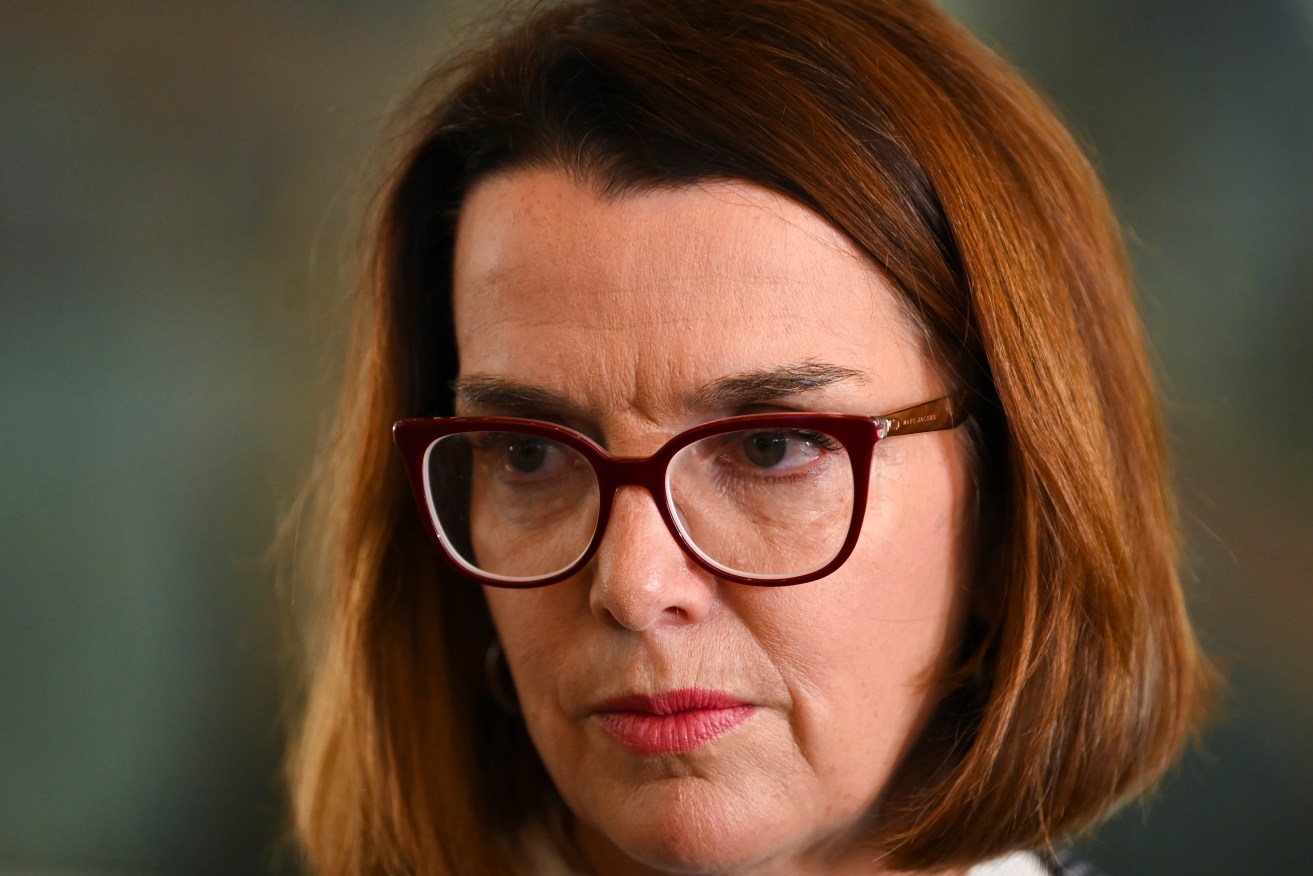Govt defends ‘miserable’ $3.57 a day JobSeeker rise
The Morrison Government has come under fire for its “really miserable” $25 a week increase to the JobSeeker unemployment payment, which it defends as “comprehensive” and “targeted” towards getting people into paid work.


SA senator and Social Services minister Anne Ruston. Photo: AAP/Lukas Coch
The government yesterday announced the base rate JobSeeker payment would be permanently lifted by $50 a fortnight from April 1 – the first increase in real terms for 25 years.
A single JobSeeker with no children currently receives a fortnightly payment of $715.70, which includes the $150 coronavirus supplement, and was set to return to $565.70.
The increase is expected to cost $9 billion over four years and lift the unemployment benefit to 41.2 per cent of the national minimum wage.
But it’s been blasted by welfare groups that warn hundreds of thousands of Australians will be plunged back into poverty without a more substantial boost.
The calls have also been backed by reports arguing the wider, immediate economic benefit of spending by welfare recipients.
But Social Services Minister and SA Senator Anne Ruston has defended the marginal low-income payment increase, saying it was “intended to be a safety net” payment and not a disincentive to accepting low-paid work.
“It’s about supporting people while they’re looking for work to make sure they’ve got something to support them, it’s not supposed to be a wage replacement,” she told ABC Radio Adelaide.
“We’re very focused on getting people into work, because we know that’s the best outcome.
“No one is expecting somebody to take on a job that they’re not qualified for or capable to do, but I do think it’s a reasonable expectation that if people are expecting this sort of support and they’re offered a job that they should take that job.”
Ruston said the decision to raise the JobSeeker rate by $3.57 a day had been considered in the context of nation’s already “quite comprehensive and quite targeted” welfare system.
“We need to have a look at this in a holistic way at the suit of measures that are available to people when they’re on working age payments,” she said.
“For example, people who are renting in the private rental market can get access to assistance when they’re renting and people with children can get access to the Family Tax Benefit.
“Obviously people that are in public housing receive subsidisation for their housing through the State Government, but the Federal Government provides Commonwealth assistance at a value of about $5.5 billion a year to Australians who require assistance.”
But the minimal increase will have a far-reaching impact on the nation’s economy in the midst of the economic downturn, according to a report by financial firm Deloitte last year.
The economic firm said in September that axing the coronavirus supplement was equal to an average loss of 145,000 full-time jobs over two years, with regional areas worst off as a result of the payment reduction.
Deloitte said at the time: “Every dollar getting pumped back into the Australian economy is doing more good than ever before”.
As part of the welfare changes introduced this week, the government also strengthened its mutual obligations regime, with welfare recipients to attend face-to-face meetings with employment agencies and apply for at least 15 jobs a month.
People on JobSeeker for more than six months will also have to work for the dole or engage in an “intensive training” program of short courses.
Employers will be given a new hotline to dob in job seekers who turn down work. Individuals may have their payments docked if they cannot produce a valid reason.
Treasurer Josh Frydenberg insisted the increase was “very substantial” and shut down the prospect of negotiating a more meaningful ongoing boost to the unemployment benefit.
“The government is providing the safety net with JobSeeker, it’s not expected to be a payment that somebody is on indefinitely,” he told Nine on Wednesday.
“The vast majority of people are receiving other supplementary payments.”
But SA Council of Social Services CEO Ross Womersley said a “vast number” of South Australians would be impacted by the “very miserable” payment increase.
He said the amount would push unemployed people back into poverty forcing them to have to choose between food, medicine and rent, with the situation particularly dire for older aged Australians.
“We know that people who are older and lose work get a really hard time trying to find their way back into work, so we need to be able to support them,” Womersley said.
“There are a whole lot of sectors and industries that are still recovering as a result of the COVID-19 restrictions and unemployment is still running really high and underemployment is running really high.
“There are going to be … hundreds of thousands of people who aren’t going to be able to find the work that they require to get that decent support.
“Economists, business leaders and the welfare sector repeatedly advised the government that it needed to be … a minimum of $25 a day. $25 a week won’t cut the mustard when people are in these circumstances.”
– with AAP




